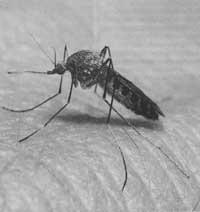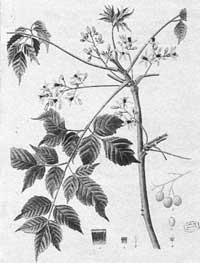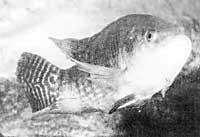Mosquito resistance
1991/09/01 Elhuyar Zientzia Iturria: Elhuyar aldizkaria

Nicole Pasteur, from Montpellier, France, and her co-workers, have conducted a study explaining how resistance to organophosphorus insecticides develops. The Culex pipiens mosquito, which produces hemorrhagic fever, removes the toxic substance from cells by a higher production of B2 esterase. They have a gene amplification mechanism to produce more than normal this enzyme. Analysis of the polymorphism of GM fragments has shown that the amplified aspects of all resistant mosquitoes, both in North America, Asia and Africa, are the same.
According to the researchers, the amplification of B2 esterase took place in a specific place on our planet and from there it spread to other continents through migrations. If these results are applicable to other insect species that cause damage to agriculture or transmit disease, there is an enormous medical and economic interest at stake. In any case, researchers recommend that health be monitored to prevent the spread of resistance genes.

Gai honi buruzko eduki gehiago
Elhuyarrek garatutako teknologia






